Longleaf Pine: A Tree for Our Time
Throughout the Southeast, a coordinated effort is underway to conserve and restore these rich and vital forests.
Spanning nine states in the U.S. southeast, we’re working together to restore and manage longleaf pine forest from Texas to Virginia. Longleaf pine once dominated the coastal plain blanketing more than 90 million acres. Today there are just 5.2 million acres, up from an historical low of 3.2 million acres two decades ago.
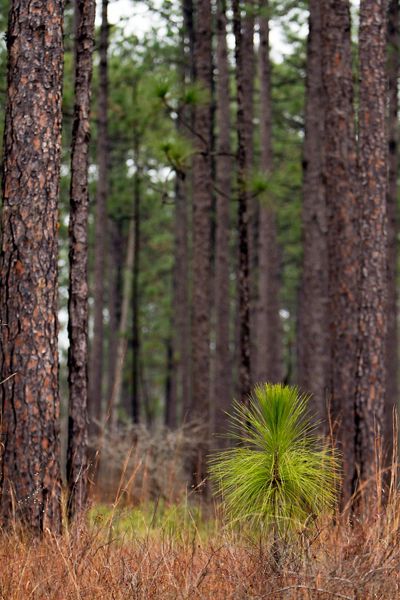
Longleaf pine played an important role in America’s history. In Colonial times, pine pitch was a major component in ship construction. “Naval stores”—tar and turpentine derived from longleaf pine sap—were used to waterproof ships. North Carolina got its nickname the “Tarheel State” because of that work. No doubt, many of the people who cheer, and boo, the Carolina Tarheels teams have no idea where that nickname originated. Longleaf pine was also crucial to victory in World War II. Troops landing on the beach at Normandy arrived in Higgins Landing Crafts constructed out of longleaf pine from Louisiana.
Threats to Longleaf Pine
Factors causing longleaf loss:
-
Longleaf is fire dependent—it needs regular fires to thrive. The region’s earliest land managers, Indigenous People, understood this and set fires to improve forest health. Early colonists followed suit. But during the last century, the use of fire as a management tool was strongly discouraged throughout North America.
-
Longleaf pine is found in some of the country’s fastest growing regions. These locations are prime for modern development. Witness the number of subdivisions that have some iteration of longleaf or pine in their names.
-
Much of the historical loss of longleaf was due to logging. Today TNC and other conservation partners encourage sustainable forestry practices for economic and environmental health. Longleaf wood is still valued in construction due to its strength and durability. Selective thinning operations can improve longleaf forest stands and benefit private landowners financially. Some salvage operators bring longleaf that was lost centuries ago on its way to mills from river bottoms and the wood is still intact and valued for construction.


Longleaf Pine: A Tree for Our Time
Now more than ever, it is important that we double down on longleaf restoration. A changing climate means more hurricanes and other strong storms. The dual threats of climate change and biodiversity loss are impacting both people and nature on a large scale. With a changing climate comes periods of drought and accompanying wildfires. Nature can play a role in making the region more resilient to these impacts. Longleaf pine thrives in harsh variable climates and provides habitat for many threatened and endangered species—making it the perfect tree for our time.
Quote: Colette DeGarady
Longleaf forests are a symbol of what nature is supposed to be in the south. I’m grateful to be part of a large body of work to help restore them and bring back the beauty, habitat, and resilience they provide.

Colette DeGarady is all about longleaf pine, leading TNC’s efforts to restore longleaf forests. Although the numbers are still small compared to their historical level, DeGarady sees promise because TNC’s efforts are paying off. Now she and her team are working to keep that momentum going.
Why Longleaf Pine?
Here are the many benefits of longleaf pine that help it thrive naturally better than other trees.

Working to Grow and Manage Longleaf
TNC's approach to protection
-
TNC protects property across the longleaf range. Some of these sites contain spectacular examples of intact longleaf habitat while others require different degrees of restoration.
-
Many longleaf pine forests were logged and replaced with commercial forest trees such as loblolly and slash pine. TNC restores these sites with longleaf pine and has planted millions of longleaf seedlings across the Southeast.
-
Longleaf needs fire to thrive and survive. TNC conducts controlled burns on its own lands and assists partners to put more fire on their land.
TNC manages preserves across the longleaf range that serve as living laboratories for restoration. One of the most visited of these preserves is TNC's Disney Wilderness Preserve near Orlando, Florida. Visitors to that preserve and others scattered across the region can see longleaf pine forests, learn about its management and see some of the cool creatures who make their homes in longleaf pine.
Visitors may be inclined to look up at the majestic, iconic trees, but much of the longleaf forest’s diverse beauty is on the ground.
Quote: David Printiss

In the longleaf forest, the diversity is from the knees down. The blanket of groundcover plants is home to an abundance of wildlife species. In some areas you can find up to 50 different species of plants in one square meter.
Working with Partners
TNC also works with a variety of conservation partners including the U.S. Forest Service, U.S. Fish and Wildlife Service, state game, forestry and park agencies, and the Department of Defense.
Our work with the Department of Defense was pioneered at Fort Bragg in North Carolina. The military wants to ensure that development doesn’t encroach on base boundaries hindering the mission of the world’s largest military training facility. So far, the Department of Defense and TNC have protected 24,000 acres, buffering 48 miles of military training land boundary in the NC Sandhills that is vital longleaf habitat. This work has been replicated elsewhere including Fort Benning, Georgia and Camp Shelby, Mississippi.
Quote: Jesse Wimberly

The Lighterwood Farm tract has been in my family since the Civil War. I’ve been managing it for 30 years. There is natural history here. And there is my family history.
We are also working with private landowners. This is very important because approximately 86% of the forestland in the Southeast is owned by private landowners.
Jesse Wimberly is one of those private landowners. Wimberly has managed his family’s Lighterwood Farm in the North Carolina Sandhills for three decades. Recently, with TNC’s assistance, he has created a Prescribed Burn Association to help private landowners manage their longleaf. Wimberly’s farm is an ode to longleaf, named after lighterwood —the heartwood of longleaf pine, which is filled with turpentine that makes for great kindling.
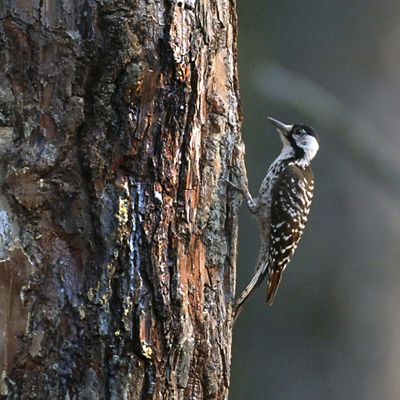
Longleaf Pine Is Home to Rare Plants and Animals
Wimberly and other longleaf lovers hope to coax back rare plants and animals to their land. Red-cockaded woodpeckers are the best known of the animals that thrive primarily in longleaf forests. These tiny birds were once common throughout the longleaf range, but their population declined in tandem with longleaf forest destruction. In the past few years, however, their numbers have grown due to the emphasis on restoring longleaf across the range.

Eastern indigo snakes are another rare longleaf species, once found throughout Florida, Georgia, Southern Alabama, and southeastern Mississippi. They can grow up to nine feet in length, making them the longest snake native to the United States. These non-venomous snakes prey upon venomous snakes and are particularly beautiful with blue black scales reminiscent of Wonder Woman’s hair. TNC is working on a 10-year plan to reintroduce this apex predator to Florida’s Apalachicola Bluffs and Ravines Preserve.

Gopher tortoises are also confined to the southern longleaf range. They are one of only five tortoises native to North America and the only native tortoise east of the Mississippi. Gopher tortoises originated in North America 60 million years ago, making them one of the oldest living species. They spend a lot of time underground in their burrows, which can be more than 30 feet long. These creatures may not look important, but they are a keystone species; more than 350 other species including the Eastern indigo snake depend on their burrows for shelter.

Probably the most well-known denizen of longleaf forest is the carnivorous Venus flytrap, which naturally occurs in a small area roughly 75 miles around Wilmington, North Carolina. This plant, which Charles Darwin once called the “most wonderful in the world” and which served as the inspiration for Audrey in “Little Shop of Horrors,” is one of many plants that occur only in longleaf pine habitat. TNC’s Green Swamp Preserve is home to flytraps and 13 other carnivorous plant species and more than 30 different orchid species—witness to the diversity of longleaf understory.
Animals of the Longleaf Pine Forest












How You Can Help Save Longleaf Pine
Longleaf pine forests are fascinating places—home to an amazing array of plants and animals. They can also play a vital role in the southeast, providing a natural defense to climate change. That’s why TNC is focused on restoring longleaf forest across the region. You can help us with this work. Support longleaf pine planting through TNC’s Plant a Billion Trees Program.


Places Where You Can Visit a Longleaf Pine Forest
Another way you can help is to visit one of TNC's preserves that is home to restored longleaf pine habitat.
-
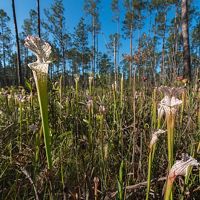
Alabama
Splinter Hill Bog Preserve: The Ruth McClellan Abronski Splinter Hill Bog Preserve was renamed in 2014 to honor a supporter who donated her estate to conservation. Learn more about Splinter Hill Bog Preserve.
-
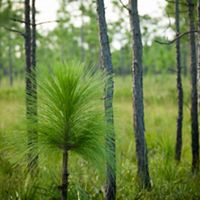
Florida
Disney Wilderness Preserve: Home to more than 1,000 species of plants and animals, the preserve is an essential part of the Everglades ecosystem. Learn more about Disney Wilderness Preserve.
-
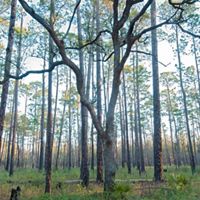
Georgia
Moody Forest Preserve: A unique partnership protects a treasured Georgia landscape. Learn more about Moody Forest Preserve.
-
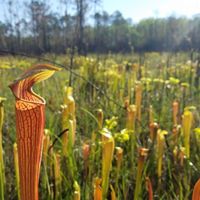
Louisiana
Abita Creek Flatwoods Preserve: Premiere wetland community with pond cypress woodland, riparian forest, and carnivorous plants. Learn more about Abita Creek Flatwoods Preserve.
-
North Carolina
Calloway Forest Preserve: Once aggressively harvested for pine needles, Calloway is making an ongoing and incredible comeback. Learn more about Calloway Forest Preserve.
-
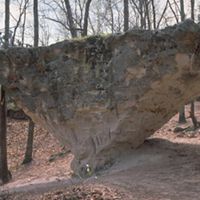
South Carolina
PeachTree Rock Heritage Preserve: One of the South Carolina Midlands' best hiking destinations. Learn more about PeachTree Rock Heritage Preserve.
-
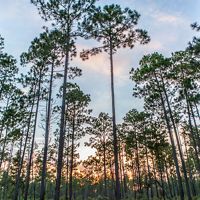
Texas
The Roy E. Larsen Sandyland Sanctuary: This preserve harbors a variety of plant communities, including one of the last remaining longleaf pine communities in Texas. Learn more about the Roy E. Larsen Sandyland Sanctuary.
-
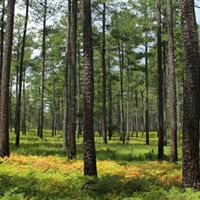
Virginia
Piney Grove Preserve: Restoring pine savannas and protecting Virginia's rarest bird, the red-cockaded woodpecker. Learn more about Piney Grove Preserve.

Longleaf Pine Depends on Fire
Longleaf pine needs fire at regular intervals to reproduce. Controlled burns stimulate the “rocket stage” and the young pine shoots skyward, growing several feet in a little as 18 months, safe above the fire line. Fire literally stimulates the next generation and continuously maintains the forest habitat for it to thrive. Learn about controlled burning and support it in your community.
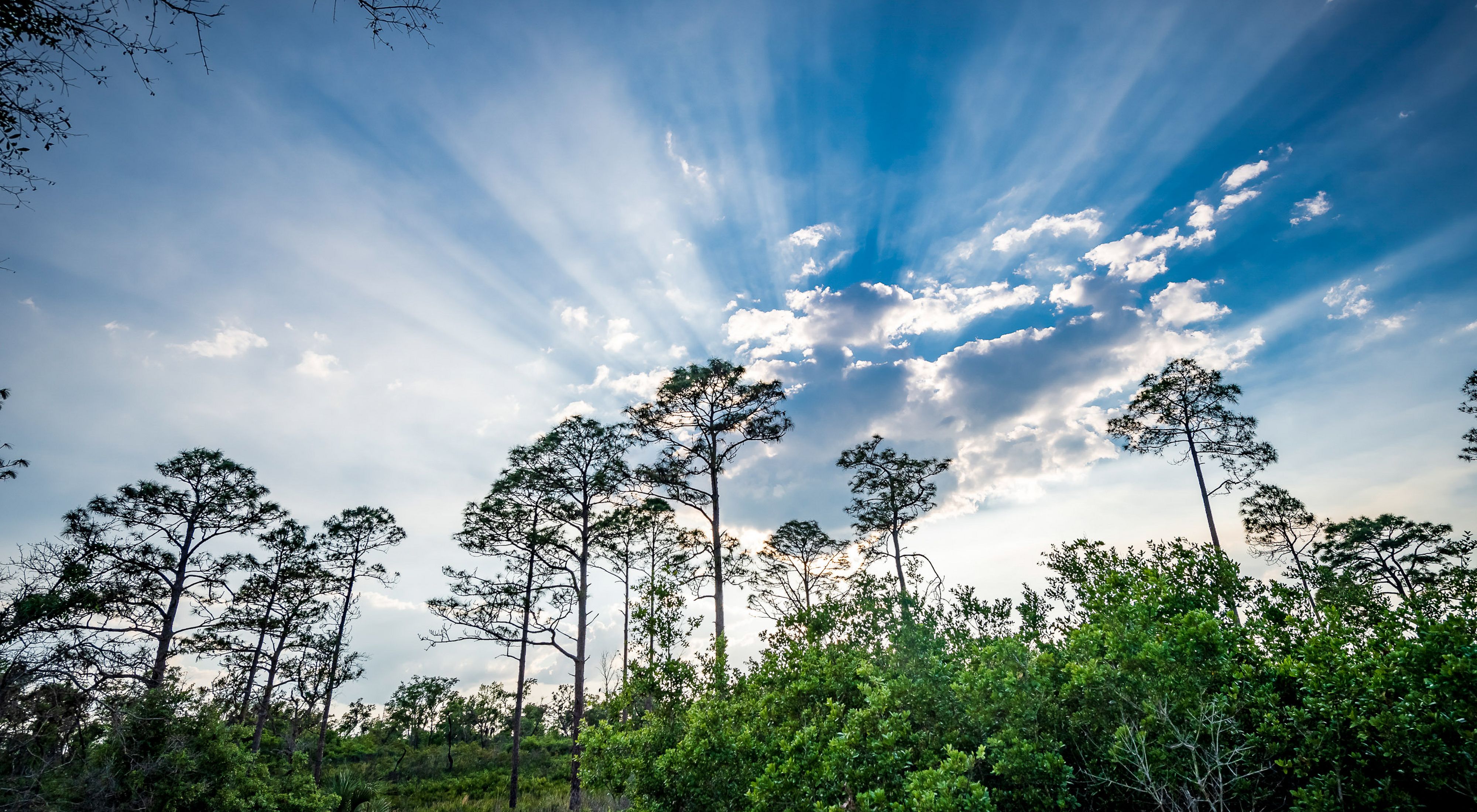

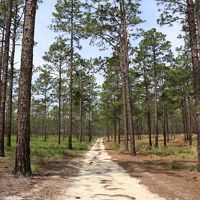
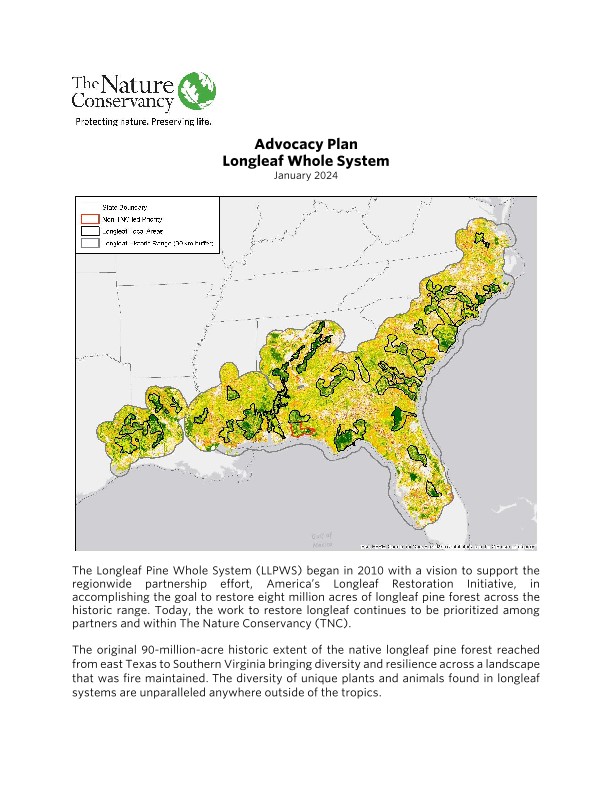


.jpg?crop=224%2C0%2C3550%2C2663&wid=300&hei=225&scl=11.835555555555555)